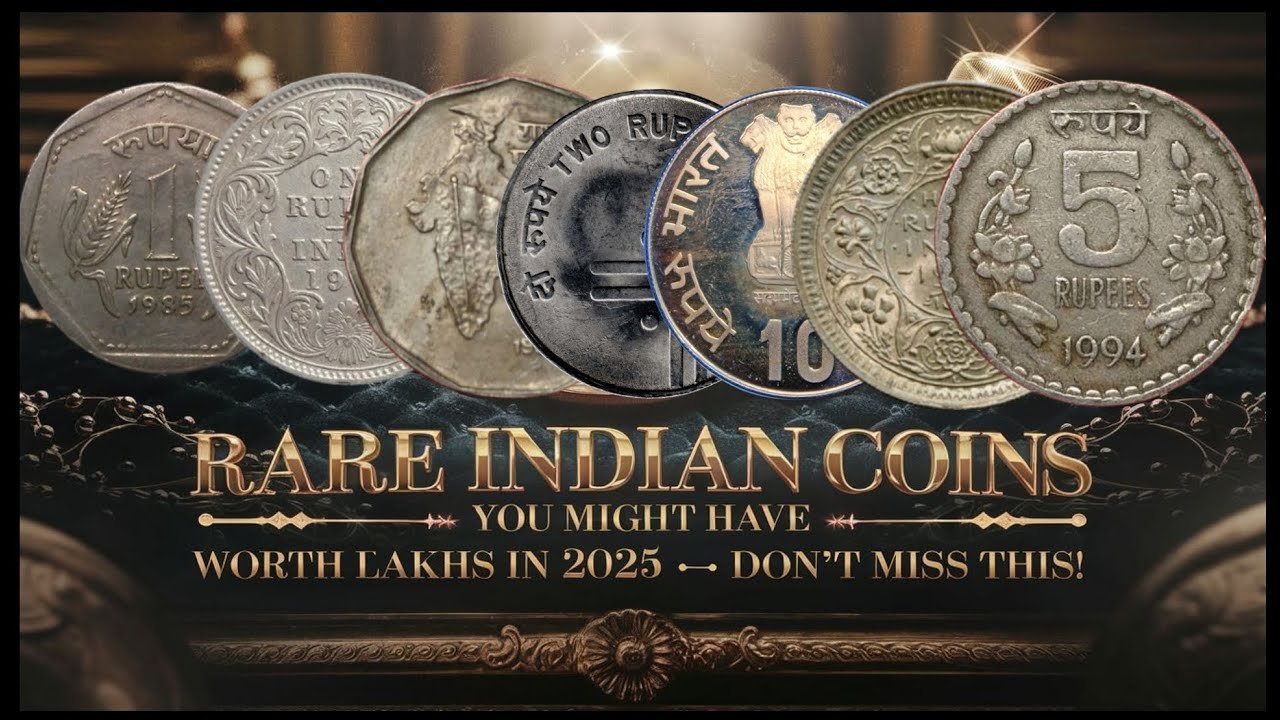India needs a coin replacement In today’s Finshots, we look at why India still mints the ₹1 coin at a loss, and how smarter minting could fix it.
But before we begin, if you’re someone who loves to keep tabs on what’s happening in the world of business and finance, then hit subscribe if you haven’t already. If you’re already a subscriber or you’re reading this on the app, you can just go ahead and read the story.
The Story
When UPI took over India’s payment culture, it didn’t just change how people paid. It also quietly pushed physical currency — especially coins, into the shadows.
Think about it. In just eight years, UPI transactions shot up from 64 lakh in March 2017 to a jaw-dropping 1,830 crore by March 2025. And as phones began to buzz with payments, India’s currency mints began to fall silent.
Just look at the numbers. Between 2017 and 2024*, coin production by the Securities Printing and Minting Corporation of India (SPMCIL), the sole operator of India’s currency printing and minting, fell by 88%, down to just 120 crore coins.
Currency notes, on the other hand, barely moved up by only about 10% in the same span.
For the government, this shift is actually a win because minting coins isn’t cheap. They’re made of metal, and when you look at cost as a percentage of their value (like the cost of producing a ₹5 coin versus its face value of ₹5), coins are far more expensive to produce than notes.
But here’s where things get tricky. Despite the fall in coin use, one stubborn little denomination refuses to fade away. We’re talking about the humble ₹1 coin.
Back in 2018, an RTI filed by India Today revealed the true cost of minting. The ₹1 coin cost ₹1.11 to produce. In other words, the government was losing money on every single one. And it wasn’t just the ₹1 coin skating on thin ice. The ₹2 coin cost ₹1.28 to make, and the ₹5 coin, ₹3.58. Even those were on wafer-thin margins.
And remember, this was back in 2018. Seven years later, it’s safe to assume those costs are even higher today.
Now, with UPI booming, you’d think the government would simply cut back. After all, SPMCIL’s minting capacity is running at just 15%. But here’s the surprise. The ₹1 coin still dominates circulation. Nearly 40% of all coins floating in the economy today are of this denomination.
So despite the economics being far from sustainable, the ₹1 coin clings to life. And that leaves us with the obvious question — why does the government keep minting it?
It’s simple really. The ₹1 coin may be a loss-making venture, but it’s still indispensable. Rural communities, the urban poor, street vendors, small businesses, even public transport — they all rely on it. Besides, many tiny transactions can’t be digitised or handled with bigger notes. And coins, after all, aren’t just money; they’re symbols of trust and certainty in a country where cash is still king. For someone unaccustomed to rounding off digital bills, a ₹1 coin makes all the difference.
That’s why the government tolerates the loss. In minting terms, it’s called a “production loss” — small enough to be written off because the coin plays a vital role in keeping the system running smoothly.
But here’s the thought. Does it have to stay this way? What if India could still find a way to reduce these losses?
Because this isn’t just India’s problem. Almost every country has wrestled with the economics of its lowest-value coins. Take the US, for instance. India needs a coin replacement It has been minting pennies for over 230 years, but each 1 cent coin costs nearly 4 cents to produce. That’s why they’ve been mulling a phase-out. Canada took the plunge in 2012. Australia ditched its pennies way back in 1992.
And when countries drop their smallest coins, they usually adopt “rounding rules”. Malaysia, for instance, rounded cash payments upwards or downwards to the nearest 5 sen (smallest unit of the ringgit). India needs a coin replacement So, a bill of RM82.08 simply became RM82.10. Old coins remained legal tender, but no new ones were churned out.
Now, sure, this may not be an apples-to-apples comparison, since the sen is more like the Indian equivalent of paise. But the difference is that sen is still used for paying bills in Malaysia, while paise is no longer in the picture here.
India, however, doesn’t have such a coin replacement policy. The Coinage Act of 1906, gave the Centre power to withdraw coins but never said when. The 2011 version doesn’t spell it out either. Compare that to the US: when silver became too pricey in the 1960s, its Coinage Act clearly set specifications to phase silver out.
But replicating similar rounding rules or coin replacement policies in India would be far more complicated. India needs a coin replacement In countries like Canada and Australia, rounding applies only to cash payments and barely matters because digital transactions dominate and purchases are usually of higher value.
In contrast, India’s story is very different. A huge section of the population still depends on cash for everyday needs. Imagine the government suddenly saying it’ll stop producing





